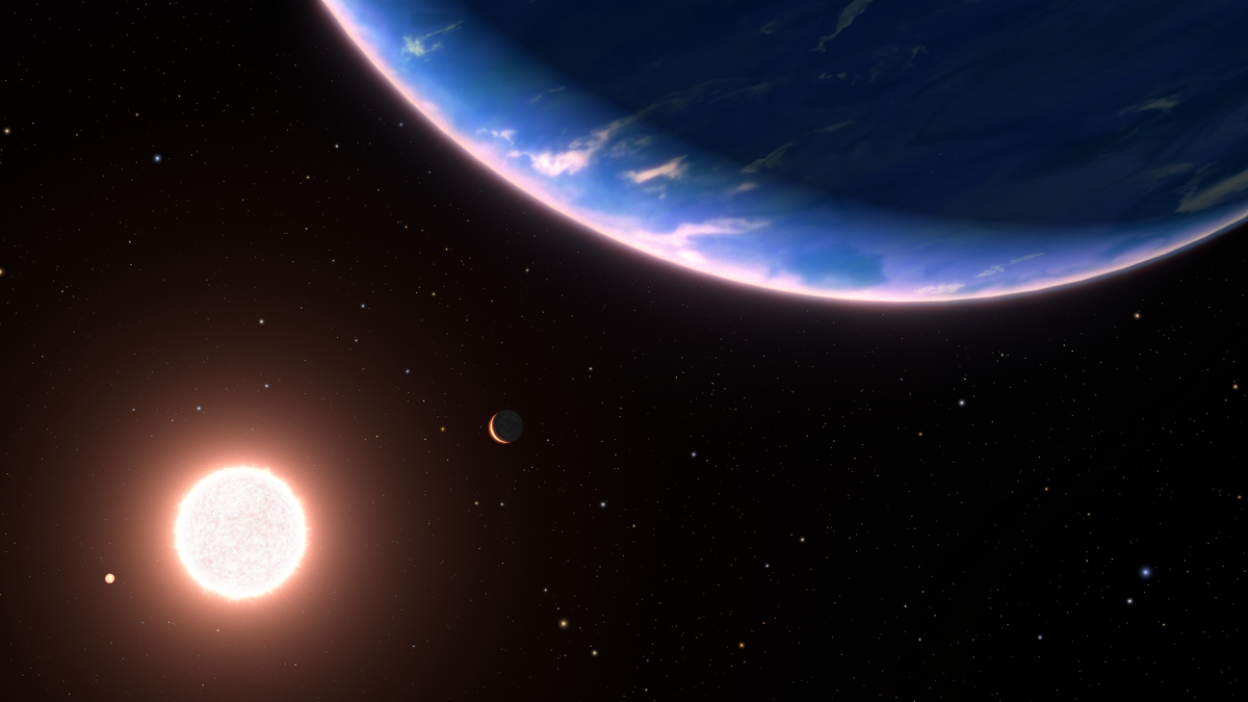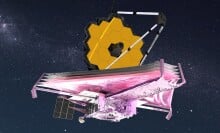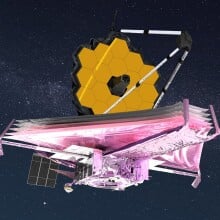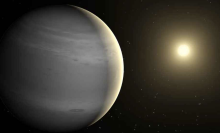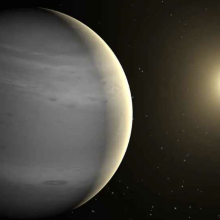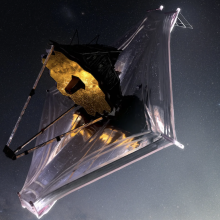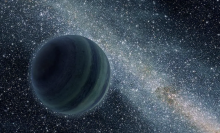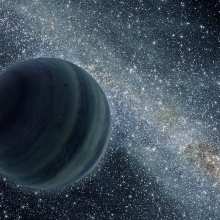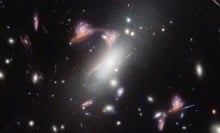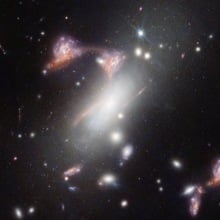Among the 5,700 confirmed exoplanets astronomers have discovered outside the solar system, there are those considered ice worlds and water worlds, but what about a steam world?
Well, they've done it. Scientists using the James Webb Space Telescope, a partnership of NASA and its European and Canadian counterparts, have indeed detected a sauna-like planet about 100 light-years away from Earth in the constellation Pisces. Some have called it the first direct evidence of a planet blanketed in wet heat.
This humid alien planet, GJ 9827 d, is about double the size of Earth and has an atmosphere almost entirely composed of water vapor, according to a new study. Before now, such worlds were only theorized to exist in space.
"It was a very surreal moment," said Eshan Raul, who contributed to the research while an undergraduate student at the University of Michigan, in a statement. "We were searching specifically for water worlds because it was hypothesized that they could exist. If these are real, it really makes you wonder what else could be out there."
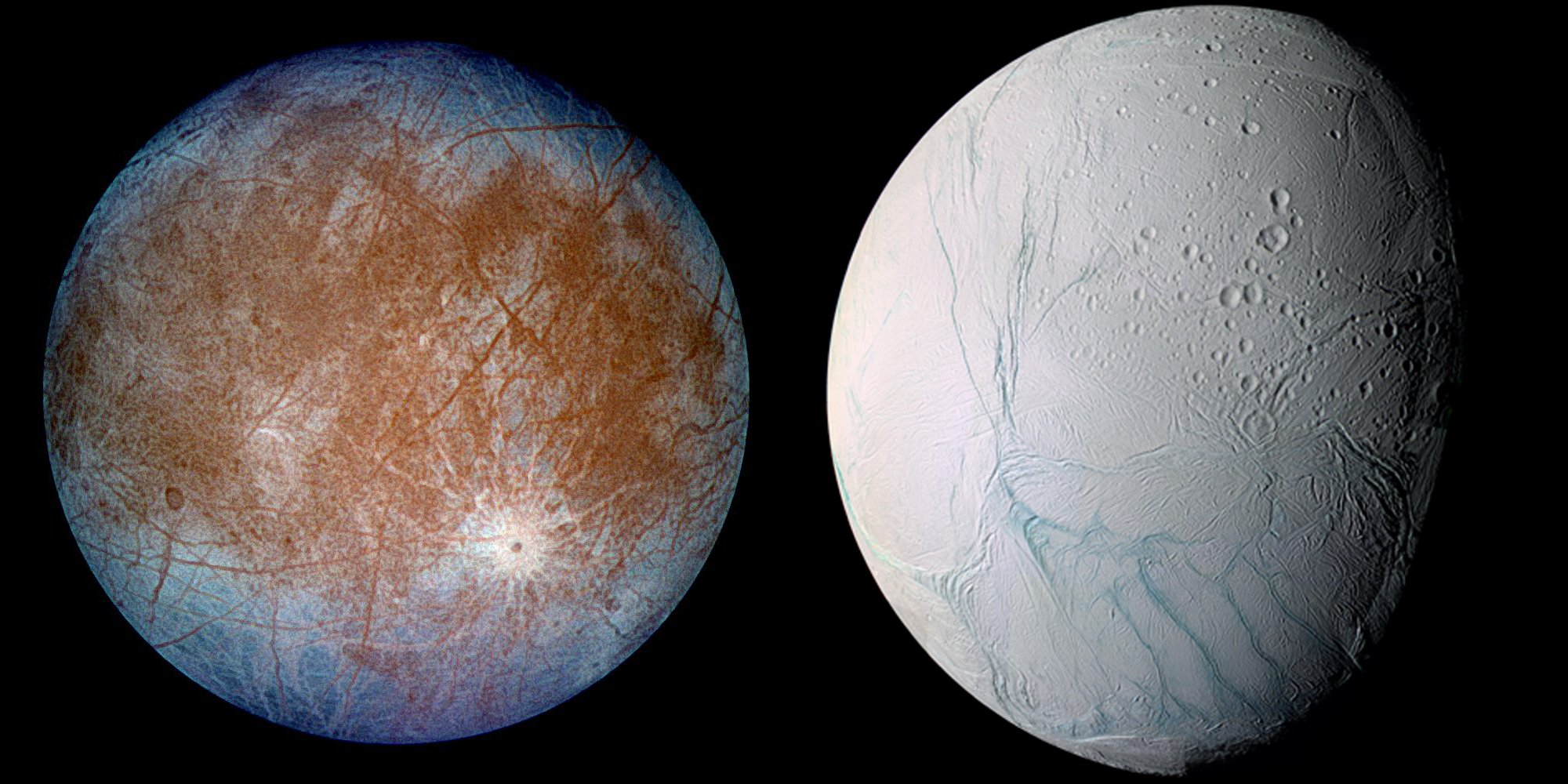
Such a steam world is thought to have thick water-rich air, with a surface devoid of ice or flowing water. It's what scientists imagine icy moons of Jupiter, like Europa and Ganymede, would be like if they orbited near the sun instead of more distant reaches of the solar system.
GJ 9827 d, a rocky super-Earth, is so close to its host star that it has an estimated surface temperature of 660 degrees Fahrenheit. For comparison, the average surface temperature of Earth is 59 degrees Fahrenheit. Because of the exoplanet's extreme heat, its atmosphere is likely a mix of gas, without clouds or distinct layers.
Scientists have found signs of hydrogen-rich atmospheres surrounding many worlds, but all of them have been around gas giant planets, like Jupiter. The hunt for a more terrestrial world swaddled in a protective atmosphere of heavier elements had eluded astronomers, though Webb has helped scientists find reasonable bets, such as 55 Cancri e, GJ 486 b, and LHS 1140 b.
This is the first confirmed case of an exoplanet atmosphere where hydrogen is not the dominant component, said Caroline Piaulet-Ghorayeb, a doctoral student at the University of Montréal. The new paper, led by Piaulet-Ghorayeb, was published in Astrophysical Journal Letters last week.
Since Webb opened for business, researchers have frequently used a technique called transmission spectroscopy to study exoplanets. When these worlds cross in front of their host star, starlight gets filtered through their atmospheres. Molecules within the atmosphere absorb certain light wavelengths, or colors, so by splitting the light into its basic parts — like a rainbow — astronomers can detect what light segments are missing to discern the molecular makeup of an atmosphere.
Researchers used the new Webb data, coupled with Hubble Space Telescope observations conducted earlier this year, to confirm the steam composition. A common problem with such studies is the potential for variability in signals based on stellar activity — like the spots that can form on the sun. After careful analysis, teams were able to rule out the possibility of botched data due to stellar contamination.
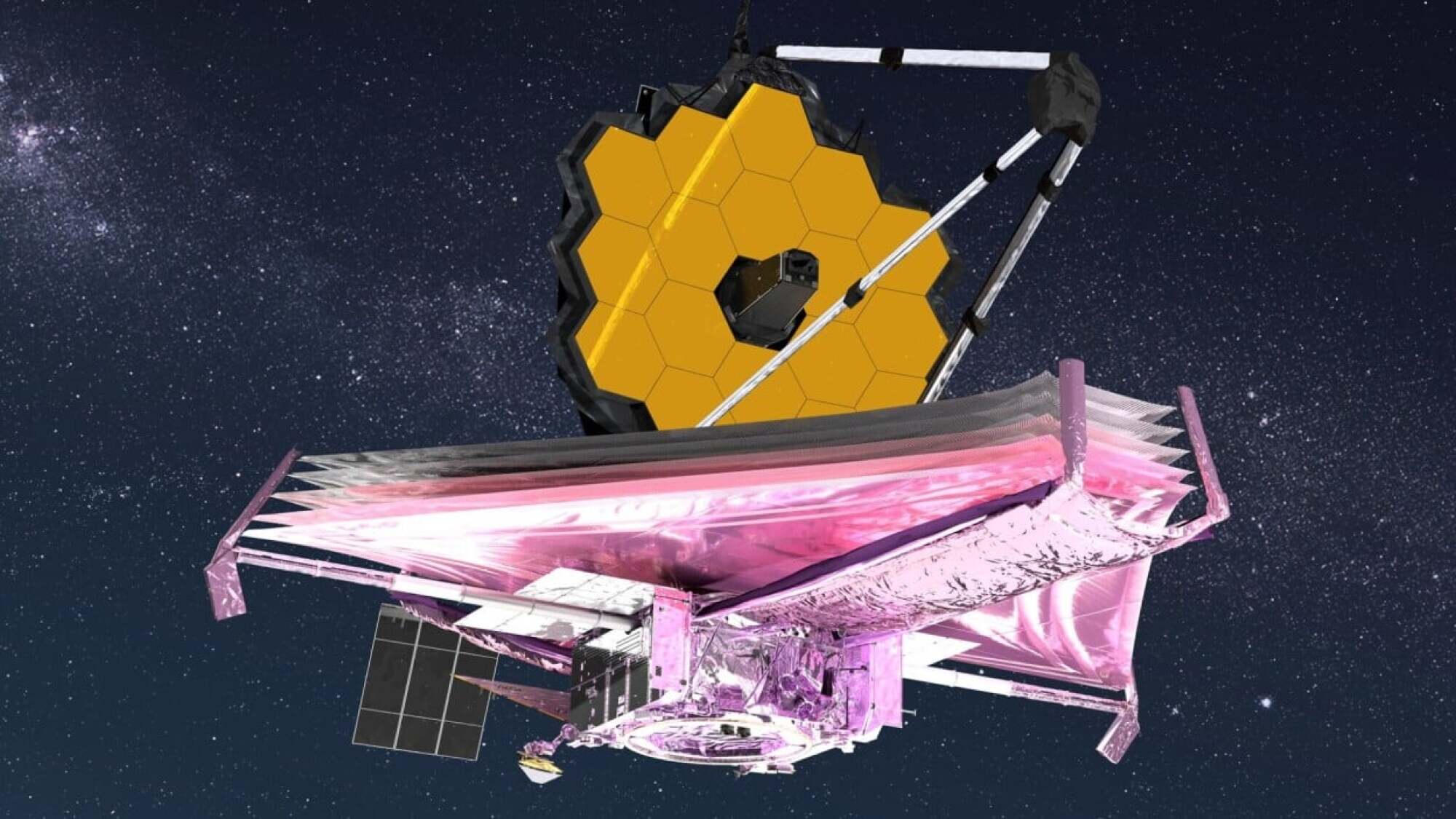
While this planet would not be habitable for most life forms people are familiar with on Earth, the success of finding a terrestrial world with an atmosphere teeming with water means scientists are getting ever-closer to finding temperate hospitable worlds.
Webb scientists are about to begin a massive study of rocky worlds outside the solar system, specifically in search of planets orbiting close to red dwarf stars — the most abundant type of star in the Milky Way — that could have air. The program, first reported by Mashable, has already picked the first two of about a dozen target planets to study.
"Now we’re finally pushing down into what these mysterious worlds with sizes between Earth and Neptune, for which we don’t have an example in our own solar system, are actually made of," said coauthor Ryan MacDonald in a statement. "This is a crucial proving step towards detecting atmospheres on habitable exoplanets in the years to come."
Topics NASA
